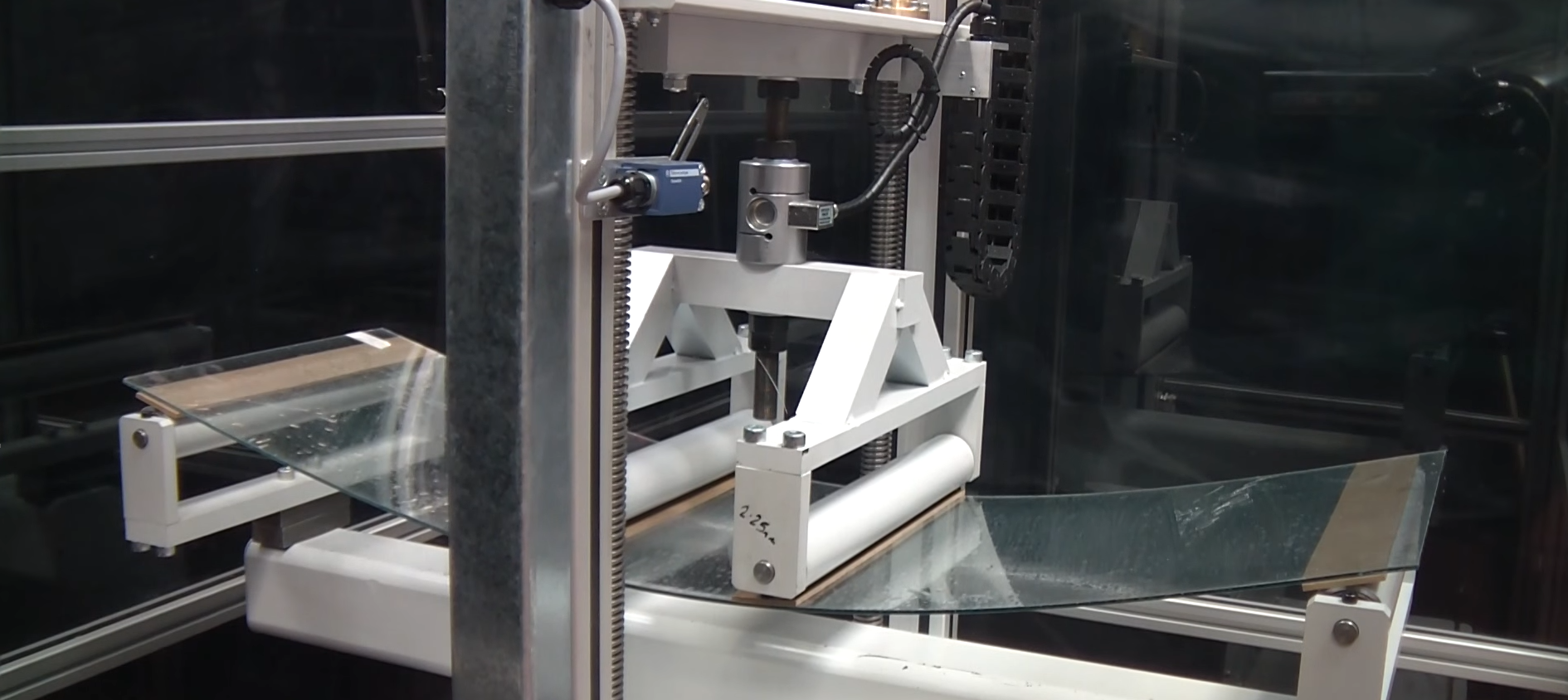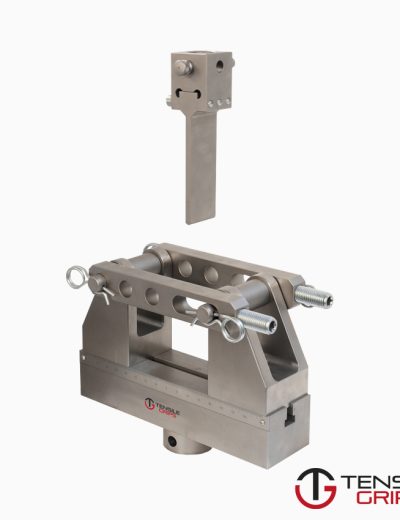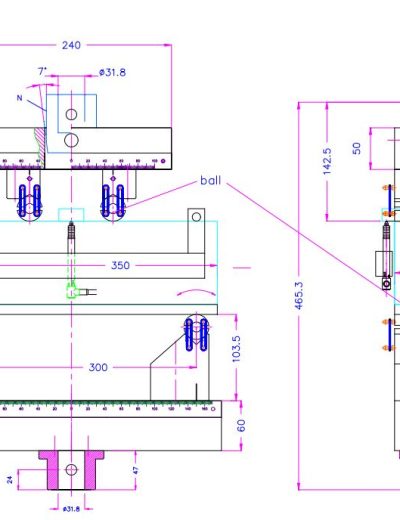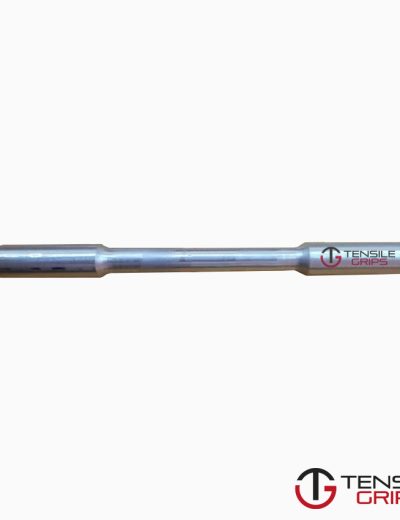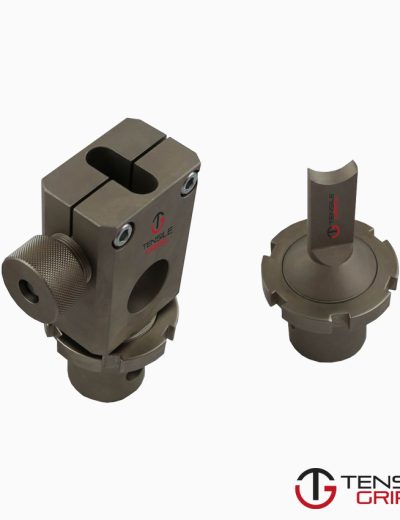ASTM C158 Test Fixture
ASTM C158 testing covers the determination fo the modulus of rupture in bending of glass and glass-ceramics.
Please Contact With Us For More Information
ASTM C158 Standard Test Methods for Strength of Glass by Flexure
(Determination of Modulus of Rupture) Glass and Ceramic Bend Test
ASTM C158 testing covers the determination fo the modulus of rupture in bending of glass and glass-ceramics.
This procedure has methods for testing modulus of rupture of flat glass and comparative testing for modulus of rupture of glass and glass-ceramics.
Test specimens are inserted into the four-point bend fixture and loaded at a constant rate.
A deflectometer is placed at the center of the specimen in order to measure deflection and strain at center-span throughout the test.
ASTM C158 covers two test methods for examining the flexural strength of glass and ceramics.
Glass samples are brittle and therefore are highly elastic.
The almost perfect elasticity of the material causes the glass to shatter due to the tensile forces at the surface of the sample.
These tensile forces increase as the sample bends.
Therefore the modulus of rupture is a good indication of the tensile strength of a glass or ceramic material.
Glass and Ceramic bend testing is usually performed on a square specimen.
The specimens can be larger, such as 10×10 inches or more.
ParsRos offers a fully articulating 4 point bend fixture for performing this test.
The contact spans are also extra wide so that they can contact a large area on the sample.
ParsRos can offer contact spans of 8 inches or higher, depending on the exact application needs.
Similar Specifications
ASTM D7264 – Flexural test on Polymer Matrix Composites
ASTM C1341 – Flexural Properties of Reinforced Advanced Ceramics
*** Before conducting ASTM C158 , it is important to read the entire specification. Standards can be obtained from appropriate standard authorities.

